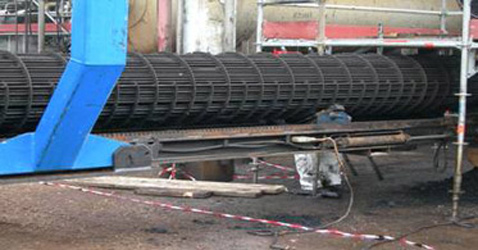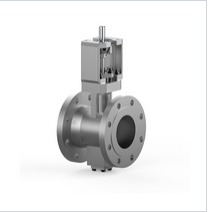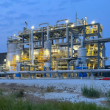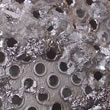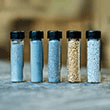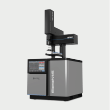Question
-
How do you test maximum silicon capacity on Si trap in laboratory? I have difficulty in deciding the model silicon molecules and reaction conditions.
Jul-2021
Answers
-
Luis Miguel Rodriguez Otal, Pemex (retired), lmrotal@gmail.com
In order to have the silicon compounds in your test naphtha there are two options: a) Buy hexamethyltricyclosiloxane, which is the typical silica compound found in the Coker naphtha or b) to degrade thermically PDMS at similar conditions to Coker drums, in our opinion the best option is the second one. To carry out the test, we recommend a dopped Naphtha with 50 or 100 ppm of Si, the same LHSV as in the industrial unit and at least carry out the test at two temperatures 260 °C and 315 °C (the highest capacity to trap silica of the most catalysts is at 315-320 °C). If it is possible use the same size of the commercial catalyst, because the diffusional effects affect the maximum silica capacity of catalysts. In order to evaluate the silica in the streams, we recommend the method UOP-787 and to avoid errors in determinations, it is a good practice carry out the determinations at the same day with the same operator. The silica content determination in the catalyst could be determinate by the Nuclear Magnetic Resonance of Solids, using the direct detection 29Si.
Aug-2021
-
Eric Vetters, ProCorr Consulting Services, ewvetters@yahoo.com
You could put PDMS through a thermal cycle to degrade the polymer similar to what happens in Coker and use that material for your test. Degradation products that end up in naphtha are predominately a trimer. Don't know if you can buy a trisiloxane from a lab chemical supplier like Sigma Aldrich or not. You might also ask the catalyst supplier for either their own test results or test methods.
Aug-2021









